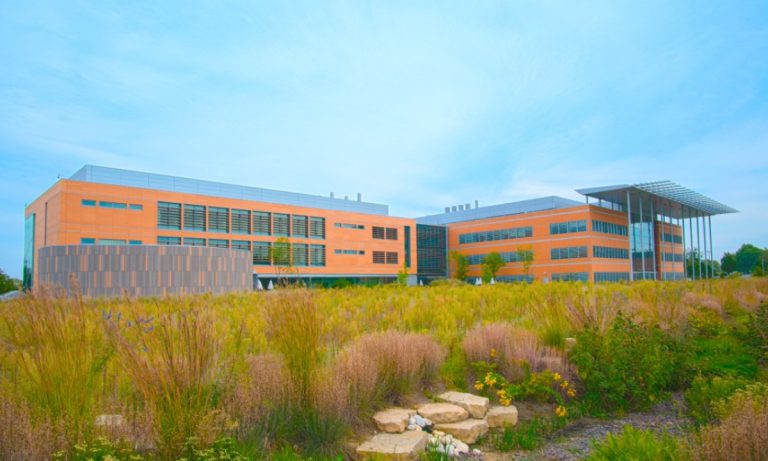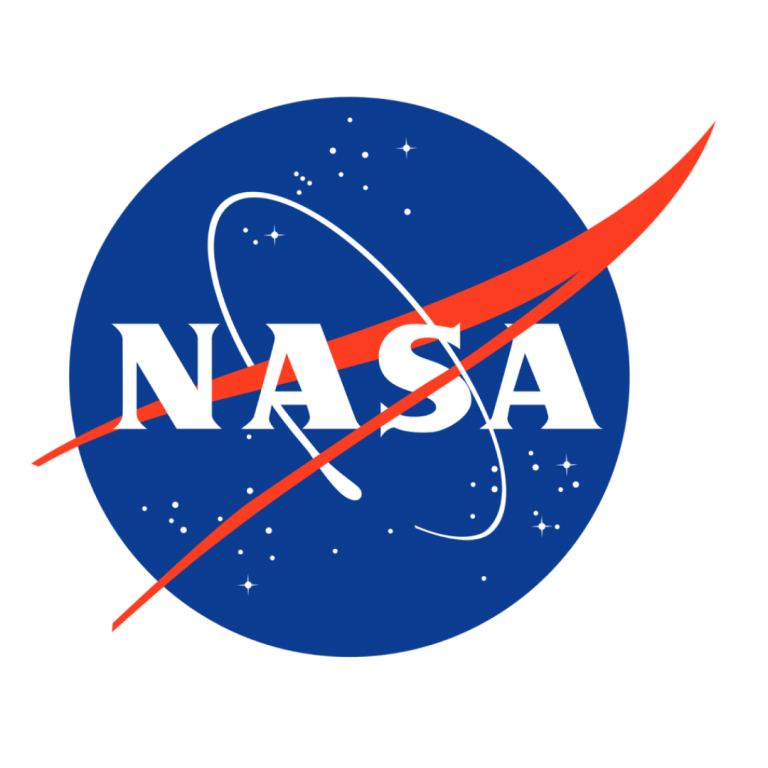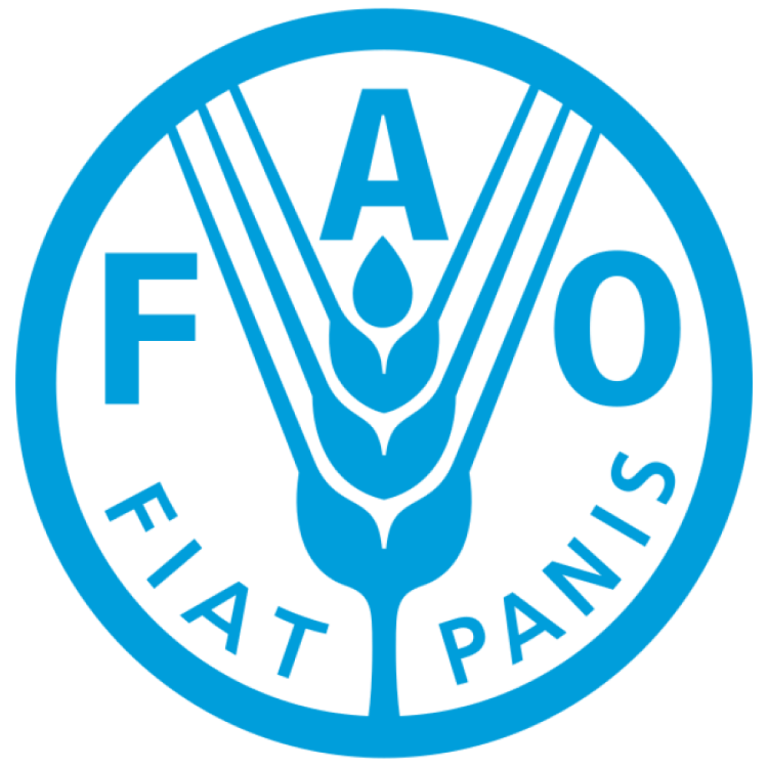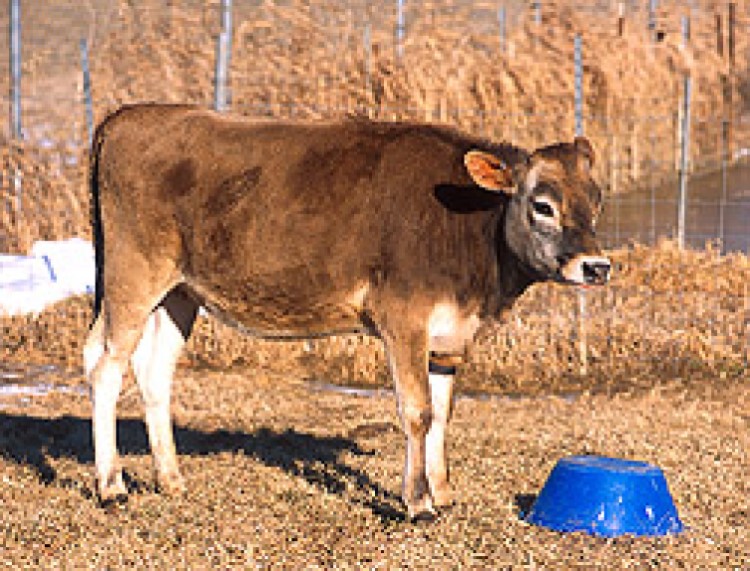Researchers completed draft genome sequence for cassava
On Nov. 9, 2009, The Global Cassava Partnership (GCP-21) — a team of academic, government and industry researchers…

On Nov. 9, 2009, The Global Cassava Partnership (GCP-21) — a team of academic, government and industry researchers…

On Nov. 1, 2009, an international consortium lead by Chinese and U.S. institutions announced they had sequenced the…

In 2009, International Service for the Acquisition of Agri-Biotech Applications (ISAAA) reported that global biotech acreage grew to…

On Nov. 19, 2008, the U.S. Food and Drug Administration opened its first foreign office in Beijing to…

On Jun. 15, 2008, Australia announced it had approved the first locally made vaccine to protect humans from…

On Feb. 6, 2008, the Svalbard Global Seed Vault was opened on the Norwegian island of Spitsbergen near…

In 2008, the Bio-Research and Development Growth (BRDG) Park building was constructed on the north end of the…

On Feb. 1, 2007, BP announced that it had selected the University of California, Berkeley, in partnership with…

On Apr. 3, 2006, UW Madison alumni John and Tashia Morgridge pledged $50 million – the largest individual…

In 2006, the U.S. Department of Agriculture (USDA) granted Dow AgroSciences the first regulatory approval for a plant-made…

In 2006, the Kansas State University Biosecurity Research Institute dedicated the Biosecurity Research Institute (BRI) that was designed…

On Dec. 30, 2005, The NASA Food Technology Commercial Space Center (FTCSC) at Iowa State University closed with…

On Dec. 12, 2005, the U.S. Congress approved the passage of the Food Allergy Labeling and Consumer Protection…

On Jul. 13, 2005, The Life Sciences Discovery Fund Authority (LSDF) was established and a total of $350…

On Jan. 8, 2005, researchers from Baylor University Medical Center reported that although the origin of smallpox is…

On May 17, 2004, the United Nations Food and Agriculture Organization endorsed biotech crops, stating biotechnology is a…

On Jan. 28, 2004, the International Tomato Genome Sequencing Project was begun by an international consortium including participants…

On Nov. 18, 2003, the U.S. Congress passed the Animal Drug User Fee Act (ADUFA) which permitted the…

On Nov. 12, 2003, Iowa State University announced new soybean varieties, that don’t need to be hydrogenated, that…

On Apr. 7, 2003, the National Academy of Sciences released “Scientific Criteria to Ensure Safe Food,” a report…

On Feb. 12, 2002, Pioneer Hi-Bred International made a gift to endow a faculty chair in maize breeding…

In 2002, Soy Creations, A Division of Triple ‘F’ Inc, and a corporate partner of Iowa State University’s …

On Jan. 10, 2001, the U.S. Department of Agriculture and University of Vermont researchers produced a clone of…

In 2001, the original Donald Danforth Plant Science Center building was constructed. The Donald Danforth Plant Science Center…

On Aug. 22, 2000, researchers in Kenya announced they had field-tested twelve lines of sweetpotato variety CPT 560…

On Jul. 1, 2000, AgReliant Genetics was founded by global seed companies KWS of Einbeck, Germany and Limagrain…

In 2000, BioAlberta, a private, not-for-profit industry association, was founded. BioAlberta represents the growing biotechnology sector. On behalf…

In 2000, the Arkansas Biosciences Institute was founded during a statewide planning process for use of the state’s…

In 2000, Colorado Biotechnology Council (CBA) was established by the Governor’s office to: recommend goals, policies and actions…

On Mar. 16, 1999, Pioneer Hi-Bred was acquired by DuPont Co. for cash and stock valued at about…